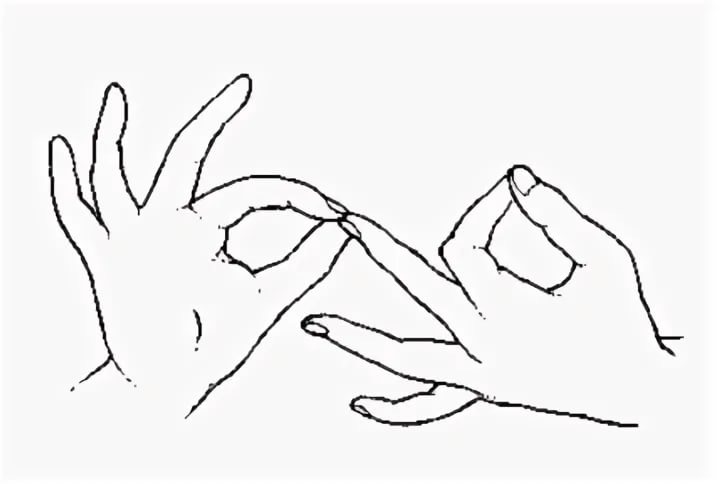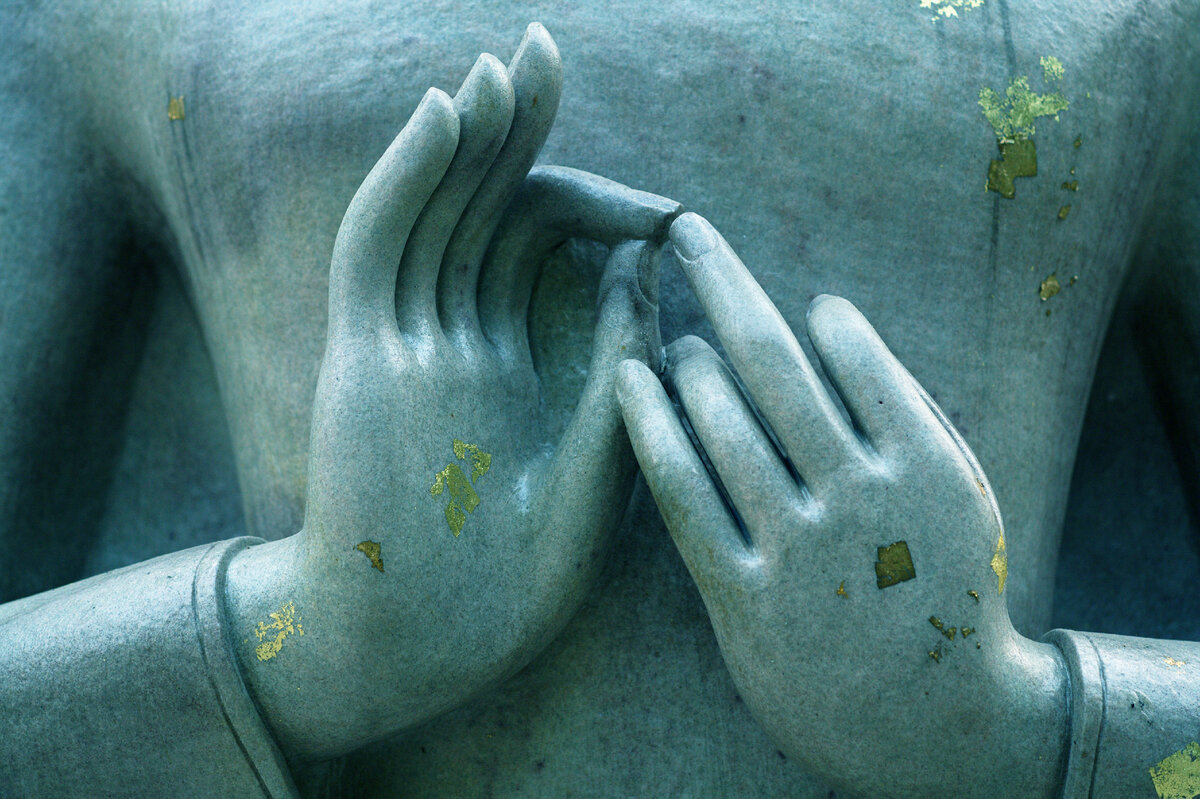One of the most important mudras in Buddhism
What is Mudra?
Mudra is hand position often depicted in Buddhist art and used in practice to evoke a particular state of mind. A mudra is a Sanskrit word that means sign.
You may have used mudra in your yoga class. Or if you look at any images of the Buddha, his hand are always in a special position called mudra. On the superficial level, a mudra is often indicated as a hand gesture. However, mudras have deeper spiritual significance. You could even say that your life, or your home, can be a mudra. It can be a symbol of great meaning.
In the Vajrayana school, mudras assume an esoteric significance and are usually combined with mantra(recitation) and tantric visualization. In the Zen school of Mahayana Buddhism, which is relatively bare of esoteric rituals, two important positions, the dhyani, or meditation mudra (formed with the hands held in an oval), and the anjali, or greeting mudra (palms held together at chest level), nevertheless remain important elements of daily practice.
Every mudra has both an outer/symbolic and an inner/experiential function, for it communicates at once, both to the person who performs them and to the observer, aspects of the enlightened mind. The names are given in the original Sanskrit.
Dharmachakra Mudra: Significance and Meaning

Dharmachakra in Sanskrit means the ‘Wheel of Dharma’. This mudra symbolizes one of the most important moments in the life of Buddha, the occasion when he preached to his companions the first sermon after his Enlightenment in the Deer Park at Sarnath. It thus denotes the setting into motion of the Wheel of the teaching of the Dharma.
In this mudra the thumb and index finger of both hands touch at their tips to form a circle. This circle represents the Wheel of Dharma, or in metaphysical terms, the union of method and wisdom.
The three remaining fingers of the two hands remain extended. These fingers are themselves rich in symbolic significance:
The three extended fingers of the right hand represent the three vehicles of the Buddha’s teachings, namely:
– the middle finger represents the ‘hearers’ of the teachings – the ring finger represents the ‘solitary realizers’
– the Little finger represents the Mahayana or ‘Great Vehicle’
The three extended fingers of the left hand symbolize the Three Jewels of Buddhism, namely, the Buddha, the Dharma, and the Sangha.
Significantly, in this mudra, the hands are held in front of the heart, symbolizing that these teachings are straight from the Buddha’s heart.
When making the Dharmachakra mudra, repeat this mantra, or verse that holds meaning, slowly and intentionally. Allow the energy of the mudra and the power of the mantra to penetrate ever more deeply.
“May I set into motion the wheel of dharma.”



